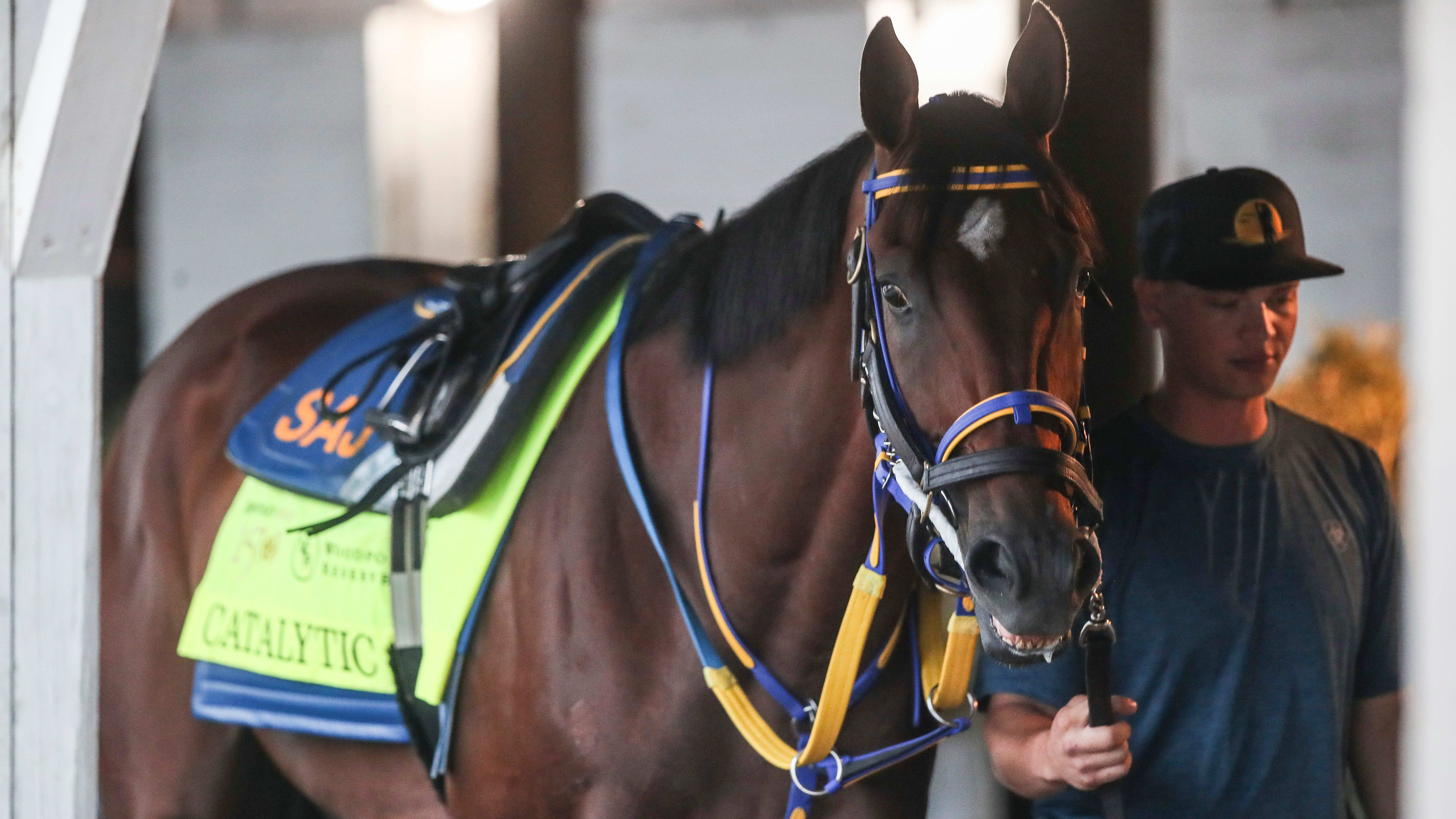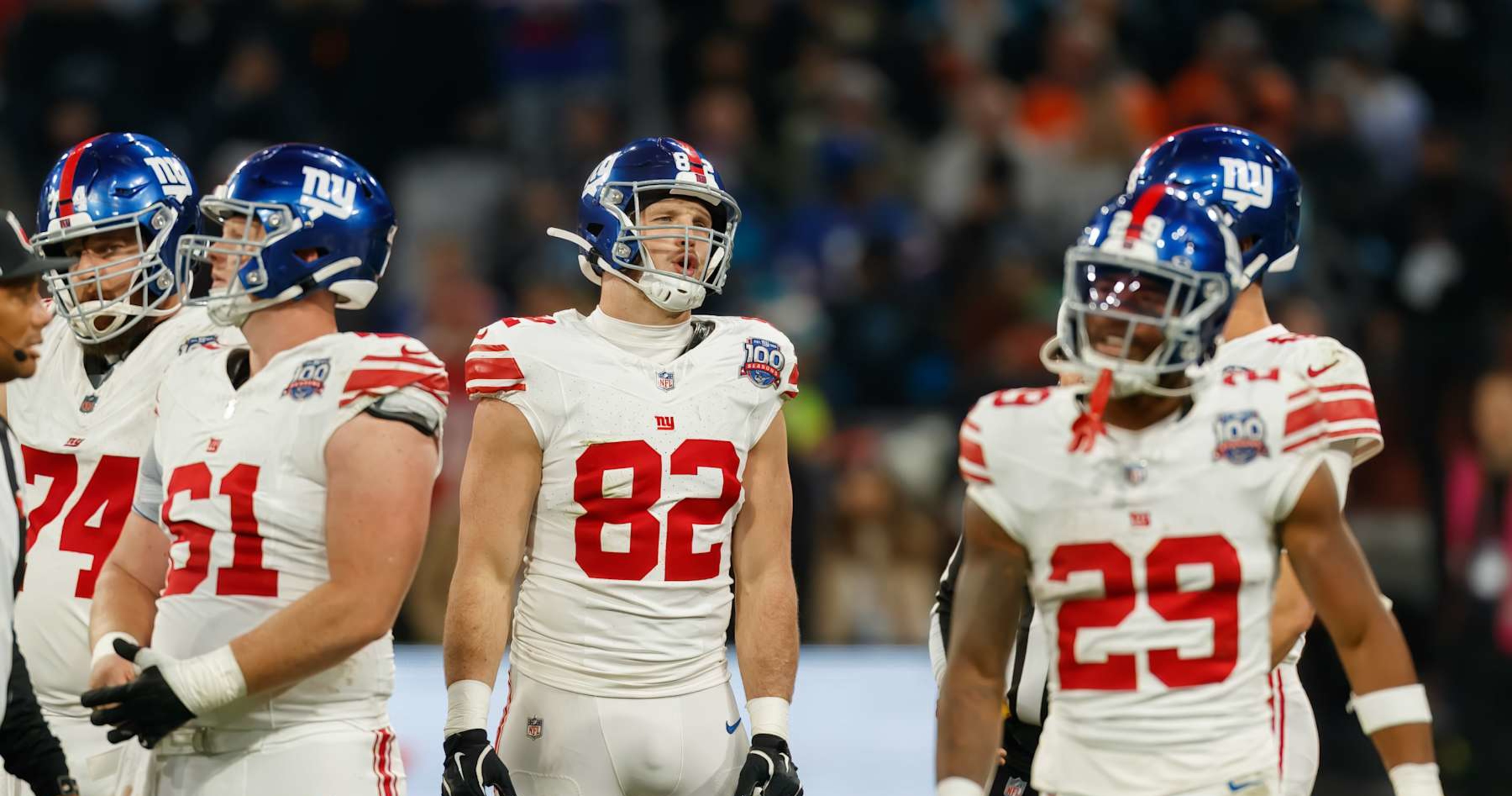Horse Racing
Horse Racing’s Safety Issues Hover Over Kentucky Derby

On Wednesday, the U.S. Customs and Border Protection Agency issued a news release that raised eyebrows and revived suspicions in thoroughbred racing. In the first four months of 2024, the CBP’s Port of Cincinnati office intercepted eight shipments of venom from snakes, scorpions and spiders, plus other substances used as performance enhancers in horses.
The venoms have been used at racetracks as numbing agents for horses, allowing them to run through injuries. The shipments were coming from Mexico, according to the release, and some were headed to people “with nexus to racing or other horse performance venues.”
With the Kentucky Derby on Saturday, this drug bust was another periodic reminder of the drug cloud and attendant equine safety issues that hover over horse racing. So was the recent New York Times documentary, “Broken Horses,” which examined the spates of equine deaths that rocked the sport last year—including 12 at Churchill Downs in the weeks before and after the Derby, which led to an unprecedented shutdown and relocation of the track’s spring meet. And there was the news from Oaklawn Park in Arkansas about two horses under the care of trainer Tim Martin who died suddenly this week.
There are many people attempting to clean up the sport, and progress has been made. The Horseracing Integrity and Safety Authority (HISA) is making strides as a regulatory body, though resistance persists in some corners. In general, racetrack equine deaths have declined over time (though there was a slight rise last year, up from 1.25 per 1,000 starts in 2022 to 1.32 in ’23). It’s harder now to sweep aside horse deaths without some measure of accountability.
But controversies past and present are always close at hand. Take a glance at the entries for the Derby, and a couple of names provide context for the inner conflicts of racing.
One is trainer Saffie Joseph, who will saddle Catalytic in the Run for the Roses. Last year at this time, Joseph was sent packing from Churchill after two of his horses died suddenly, Parents Pride and Chasing Artie. Joseph was suspended and his Derby colt, Lord Miles, was not allowed to run. “I was a scapegoat,” Joseph said at the time, inferring that the track had to find someone to punish amid a cluster of pre-Derby horse deaths.
By the end of June, Joseph had been reinstated at Churchill after a Kentucky Horse Racing Commission investigation. “We remain deeply concerned about the condition of Parents Pride and Chasing Artie that led to their sudden death,” said Bill Mudd, president and chief operating officer of Churchill Downs, Inc. “However, given the details available to us as a result of the KHRC investigation, there is no basis to continue Joseph’s suspension.”
Joseph, who said he has never spoken to Churchill CEO Bill Carstanjen, is wondering where he needs to go to have his reputation restored after necropsies of the horses did not conclude anything nefarious.
“It crushes you,” he says. “I’m glad everything worked out and the truth was revealed. One of the horses had rat poison in it—they said that the level wasn’t enough to cause it, but they’re not going to say that. But if you look at the report, it says that. Did that cause it? We don’t know.
“I knew we didn’t do anything. It destroys you.”
Kentucky Derby horse Track Phantom is co-owned by Brewster and trained by Steve Asmussen.
Matt Stone/The Courier Journal / USA
Another name: Clark Brewster, part owner of Derby runner Track Phantom. He’s better known in racing as Bob Baffert’s voluble, caustic and contentious lawyer.
Baffert is the biggest trainer in the sport and also a current pariah at Churchill. He won a record-breaking seven Kentucky Derbys but had to give the last one back, the 2021 triumph by Medina Spirit, which was stripped after the horse tested positive for a prohibited race-day medication. That has spurred an endless feud between Baffert and Carstanjen.
Baffert initially was assessed a two-year ban from competition at Churchill, knocking him out of the 2022 and ’23 Derbys. Baffert sued Churchill in March ’22, but the case was dismissed last year. Then last July, the suspension was extended another year, with a Churchill release saying that “Mr. Baffert continues to peddle a false narrative concerning the failed drug test of Medina Spirit … A trainer who is unwilling to accept responsibility for multiple drug test failures in our highest-profile races cannot be trusted to avoid future misconduct.”
That showdown added another chapter this spring when Amr Zedan, owner of the Baffert-trained standout Muth, attempted to sue his way into this Derby. That suit, which cited “Carstanjen egomania” in arguing that Baffert was being unfairly punished, also was unsuccessful. But Muth looms as a potential Preakness favorite and Triple Crown spoiler two weeks after the Derby.
On the slight chance that long-shot Track Phantom wins the Derby, keep the cameras rolling on Brewster. If he encounters Carstanjen in the winner’s circle it could be spicy.
Churchill Downs has gone to massive lengths to gussy itself up for the 150th Derby, sinking $200 million into remodeling its paddock area. The result is a three-level masterpiece of modern architecture that dramatically modernizes the place. It is primarily targeted for use one weekend a year by the rich, of course, but will also be enjoyed and appreciated by everyday racegoers for years to come.
There is change on the other side of the grandstand as well, less glamorous but more closely aligned to the survival of horse racing: The dirt racing surface has been redone. It’s darker and, some trainers said in recent days, deeper than it had been. A new fleet of tractors harrow the dirt between races and during morning training hours, and new methods of testing the track have been implemented. The horses are wearing biofeedback sensors that can help spot issues with stride and potentially flag developing injuries. A safety management committee composed of trainers, jockeys and other track workers meets once a week.
How much will all that help? It remains to be seen. But the changes are a tacit acknowledgment that the one thing that can kill horse racing is the killing of horses.










